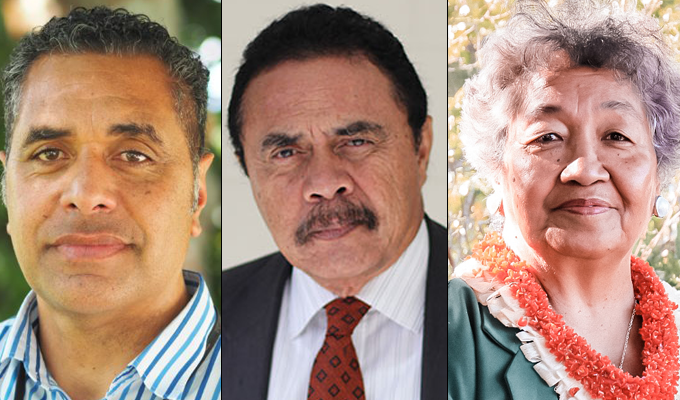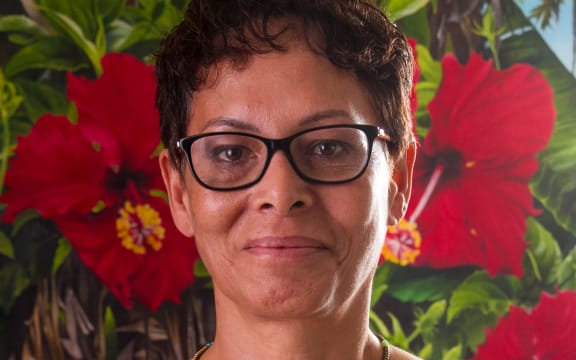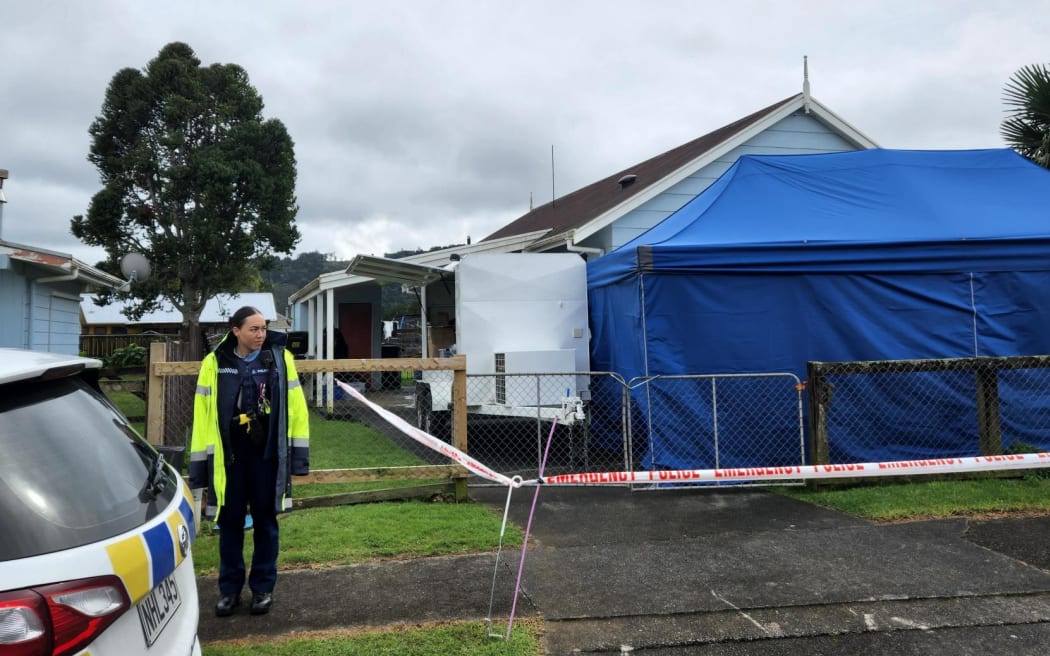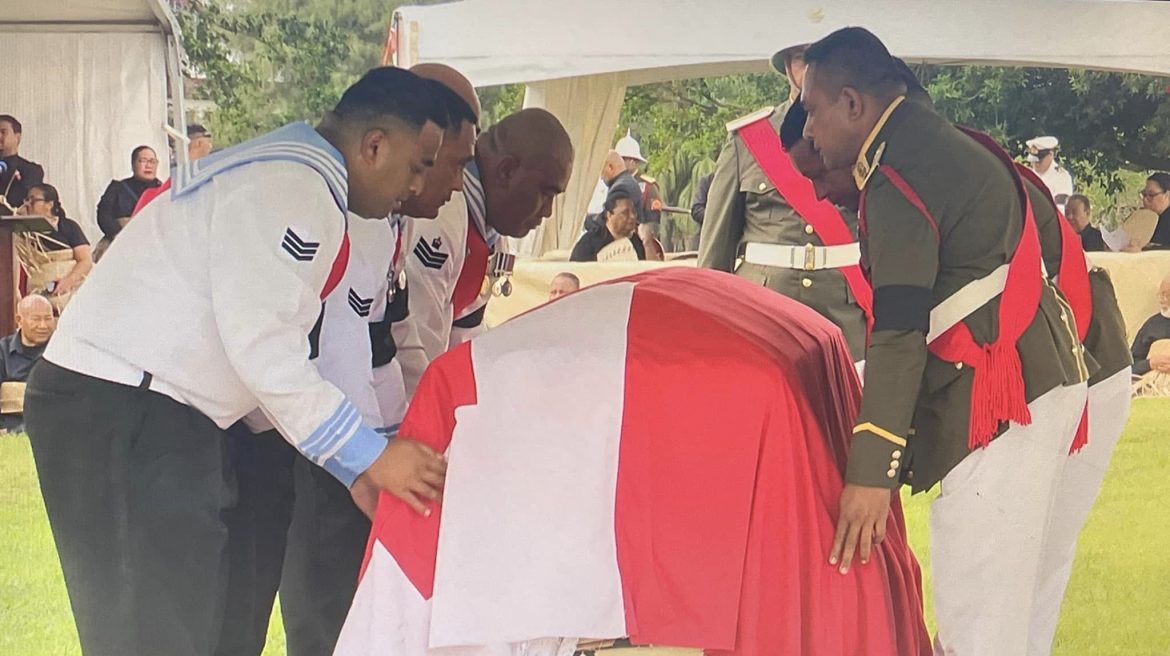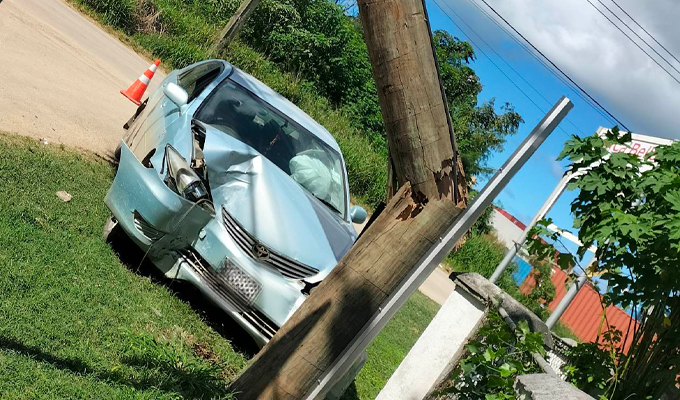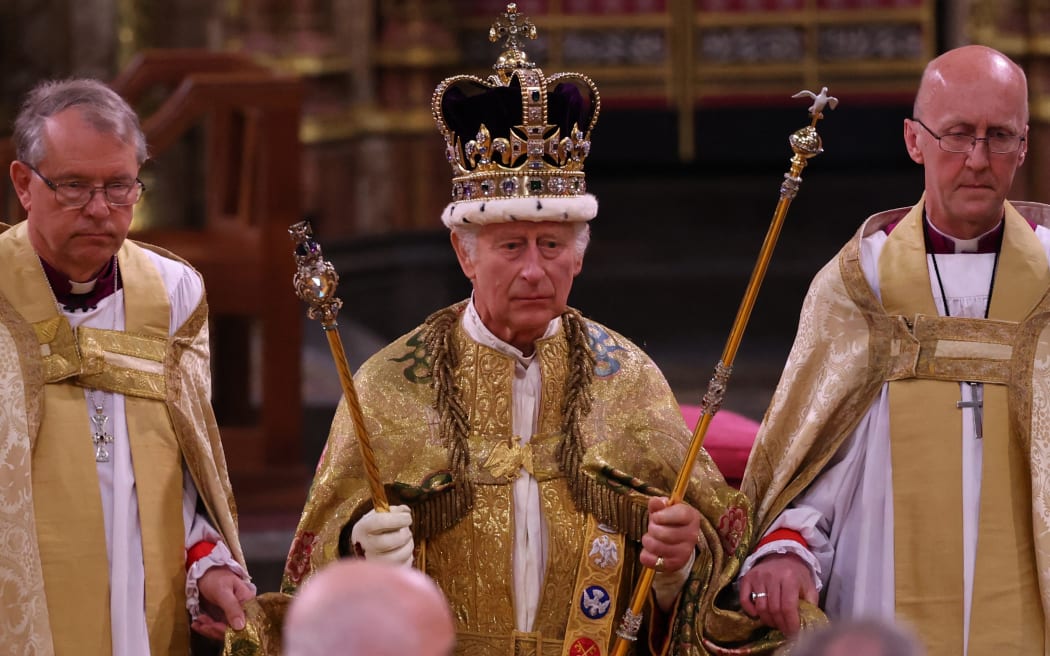By rnz.co.nz
School principals are backing the government’s crackdown on youth vaping, but say more needs to be done to combat what they are calling a crisis.

From August, all vapes sold will need removable or replaceable batteries – effectively banning disposable vapes.
New vape shops cannot be set up within 300 metres of schools or marae.
The government is also outlawing flavour names such as “strawberry jelly donut” to make them less attractive to children.
Announcing the changes on Tuesday, Minister of Health Ayesha Verrall said too many teenagers were vaping and the restrictions would have a big impact on the number taking up the habit.
Young people RNZ spoke to in central Christchurch were not so sure.
“I think young people will still be able to get them even with all of those measures … vapes are at every dairy on every corner and you can order them online, it’s all around us,” one teenager said.
“I think teenagers will still find a way to get it, because it’s teenagers and they always do, but hopefully they can stop little kids from getting hold of them,” another said.
The latest figures show youth vaping is increasing.
A recent survey by ASH New Zealand found daily vaping among 13- to 14-year-olds had shot up by 209 percent.
Meanwhile, Ministry of Health statistics showed the number of 15- to 17-year-olds who vaped every day had quadrupled in three years, from two percent in 2018-19 to eight percent in 2021-22.
Principals Federation president Leanne Otene said it was not just a problem for high schools – intermediates across the country, including hers, were dealing with it every day and teachers were feeling powerless.
“It’s definitely hard to police because it doesn’t leave an odour, it can be done in corners and it’s not something like smoking where it was easily detectable. There was some discussion about putting vaping detectors in schools but that’s just not possible, it’s just too expensive to do that.”
Otene said anything to make vaping less attractive to kids was a positive step.
“The mere fact that vaping comes in bubblegum and fruit flavours begs the question of who is this marketed to. The announcement today about flavour names is a real indication that the government realises vaping is directed at our young people in terms of its sale and purchase.
“Vaping was originally a way to help people give up smoking, no one considered that our young people would take it up with such voracity,” she said.
Otene said vaping was particularly a problem for Māori youth.
“Statistics show a high percentage of Māori boys, 28 percent are vaping, and our Māori girls are at 39 percent, so it is a problem for Māori. If we can get it away from our marae, all the better.”
Jacqui Brown, principal of New Plymouth Girls’ High School, said she was glad to see the phasing-out of cheap, disposable vapes.
“Removing access to disposable vapes is probably the strongest step because I think that helps prevent young people starting to vape. Financially they’re more priced in that bracket that teenagers can get hold of that level of money,” she said.
Brown said she wanted to see more help for students who were addicted to vaping.
“One of the things we’re finding are a small but significant number of students saying they’re addicted and can’t get through the day without vaping. Something I’d really like to see is more access to help them stop vaping.”
Cambridge Middle School principal Daryl Gibbs said the regulations were a “good start”, and that a total ban, along the lines of Australia, could be looked at in the future.
“I mean everyone’s pointing towards Australia … and their changes to making it a prescription only. You know there is arguments for that, that will stop those that that need access for smoking cessation, from accessing it,” he said.
He said vaping started as a measure to support those who had an addiction to smoking, but has now become a huge problem among teenagers.
Minister of Health Ayesha Verrall said the restrictions struck a balance between preventing young people from starting to vape, while still helping adults to quit smoking cigarettes.
Plea for ‘harsher controls’
Asthma and Respiratory Foundation chief executive Leticia Harding said the new rules hadn’t gone far enough.
She told Morning Report they would have liked to see a cap on the 1290 specialist vape retailers around the country.
Harding said the government needed to invest in support for those youth who were now already addicted to nicotine because of vaping.
“We talk to Quitline all the time, they don’t have that expertise, the resources to help our rangatahi actually quit vaping and that’s not good enough.
“And the sad thing is that this had been, this was foreseeable. This was talked about in 2017 and here we are. And so the ministry needs to do harsher controls around the space.”

